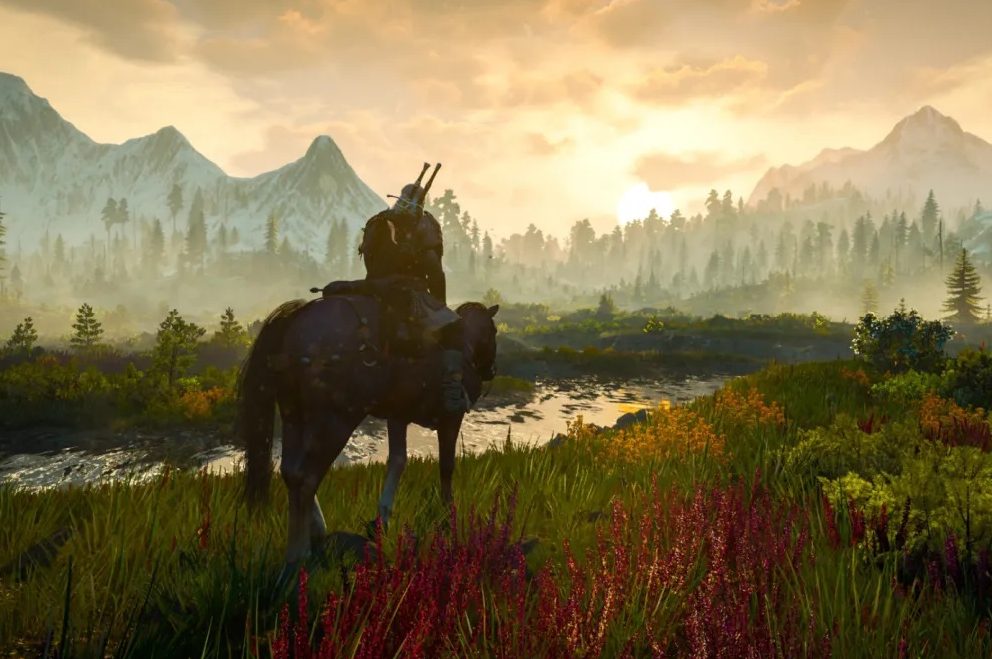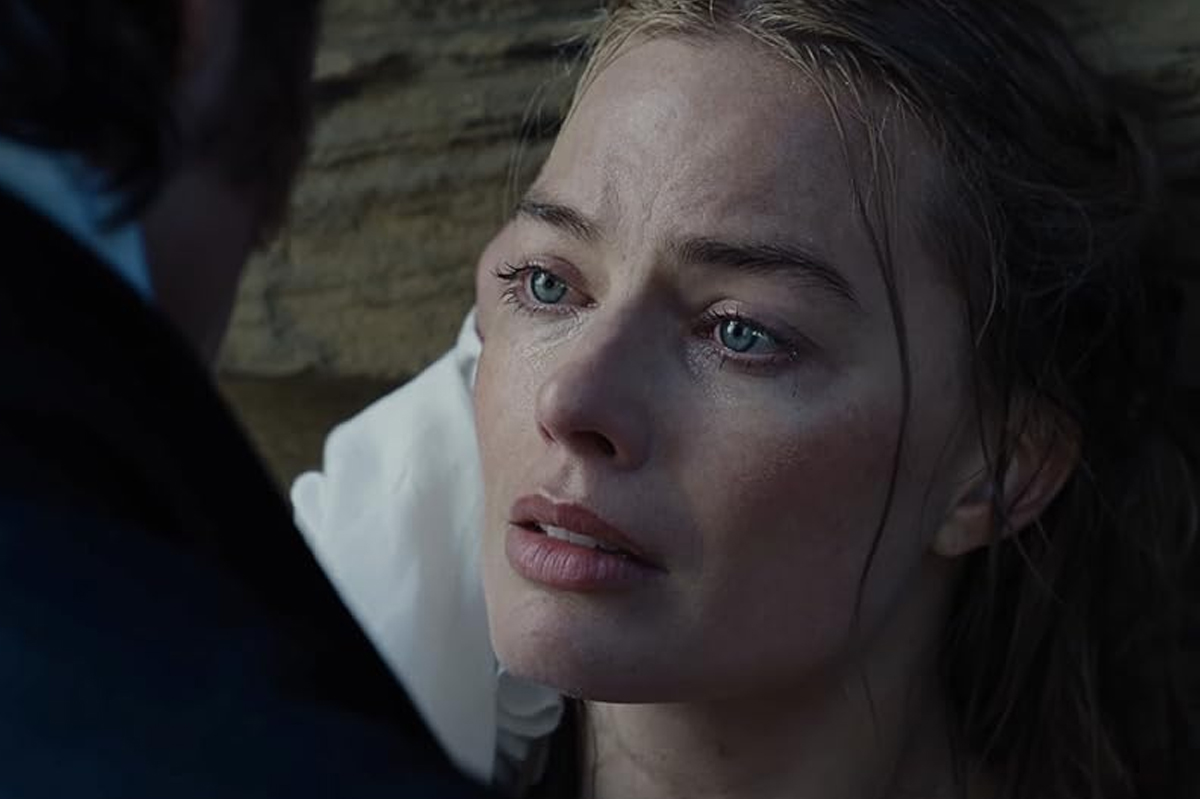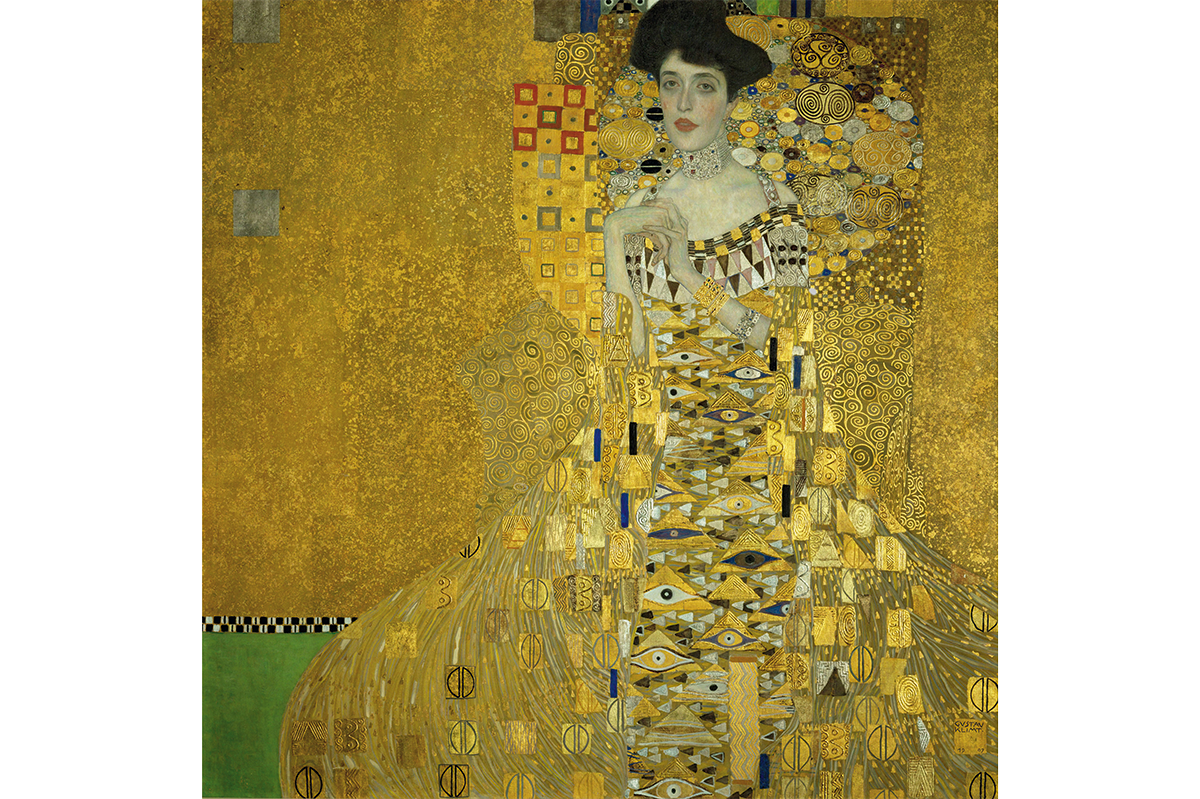My wife argues with the children about video games. I argue with the children about video games. The children argue with each other about video games. Consequently, I argue with my wife about video games. It is a total nightmare — and it’s one that in various versions will be replicated in houses with young children up and down the country.
The problem, in part, is a cultural divide. It frustrates me, too, when the children refuse to come off Rocket League or FIFA when they’re told to (“I’m in the middle of a game!”). I’m also wary of the addictive nature of these things. But at the same time I can absolutely see the point of them; as my outgoing, intelligent, sports-loving, film-making wife cannot.
It’s said, I think with justice, that video games are the least stagnant art form
I consider playing games an important and enjoyable part of my cultural diet, and (taken in sensible moderation) of my children’s. She, on the other hand, considers the hours I spend raiding Icecrown Citadel with friends I’ve never met in real life a complete waste of time. Many readers, I suspect, will have reached this point and sided with my wife. But lend me a moment’s patience.
Video games are, without question, a waste of time. But they are a waste of time by the same token that following sports or touring country churches, or going to the bridge club once a week, or binge-watching Breaking Bad are a waste of time. You don’t get anything tangible out of them. But they give delight, they bring you into contact with the creative ingenuity of many other minds, they engage your physical coordination or intellectual nimbleness or both, and in the case of the online games where our children’s generation like to socialize, they are a way of hanging out with friends.
I’m of the last demographic cohort that was born into a world without video games and that grew up alongside them. Pong, the rudimentary paddle-and-ball game, was invented two years before I was born; Space Invaders came out four years after; Pac-Man two years after that. As a kid, I played Defender, Chuckie Egg and Elite on the BBC Micro, Missile Command on a table in the bar of my dad’s squash club, Tetris and Mortal Kombat and Street Fighter II in the college bar. Sony’s first PlayStation, aimed at teenagers and young adults and for a while a modish fixture in nightclubs, came out when I was twenty.
I never lost the habit. Over forty-odd years that’s an awful lot of aliens zapped, cars brought fast round corners, turtle-shells fired, levers pulled, mana-pots chugged, hadoukens released and worlds explored. That’s why I’ve been asked by The Spectator’s arts editor to be the new gaming columnist — and why I’ve been happy to accept. This magazine has always had the best quality of its small-c conservatism, which is the ability to respond — albeit with appropriate caution and skepticism — to reality. In the early 1920s, it was the first serious British publication to begin reviewing films. In 1970, when pop music was plainly here to stay and ignoring it would look like snobbery or philistinism, The Spectator started a pop column. In 2024, it looks like video games are here to stay, too.
Martin Amis, in his early career, thought them worth attention. His 1982 book Invasion of the Space Invaders (very Amis-ish, the jokey clunk of the tautology) discussed the early arcade cabinets in the sort of detail that showed you he had put in the hours (and the 10ps) in those bleepy, bloopy, sticky-floored arcades. Other writers, though not many, caught on early too. Iain Banks had a subplot in one of his novels where the protagonist is trying to solve a problem in a text-based adventure. The novelists and screenwriters Naomi Alderman and Alex Garland are both serious about games and have written for them. The critic Steven Poole wrote a good and thoughtful book on the subject called Trigger Happy. The cultural historian Steven Johnson argued in Everything Bad is Good For You that the problem-solving aspects of games may even contribute to the so-called “Flynn Effect” that sees IQs rising across the decades.
Their language and concepts have come to saturate the world around us. When Boris Johnson talked of “leveling up” the north of England, he was borrowing a concept from video games. When people on social media deride the common herd as “NPCs” (non-player characters), they are borrowing a concept from video games. If you dive into the history of the so-called alt-right, which has been very politically influential, you’ll find that it emerges from “Gamergate” — an ugly online campaign waged, at least ostensibly, in support of “ethics in video game journalism.” Twitch, Discord and gaming forums are major vectors of communication among the under-thirties. Hacker culture and video-game culture are everywhere. For better or for worse, the Elon Musks and Sam Bankman-Frieds of the world are gamers.
More important for the purposes of this section, games are part of our artistic culture. They are a distinct art form, and one whose products now dwarf Hollywood’s in terms of popularity and profit. That lots of them are dumb as a sack of rocks doesn’t mean that we should write them off as an art form any more than we should dismiss cinema because lots of Hollywood’s products are dumb as a sack of rocks. I might add: dumb as a sack of rocks (but fun) has its place, too.
Video games have different strengths and weaknesses to other art forms, and those bear investigation — world-building is usually one of the former, for instance; characterisation one of the latter. Video games can be beautiful or ugly; they can create moods and atmospheres; they can be twisty as thrillers; they can (occasionally) even make you laugh or cry. But their most important quality is their interactivity: “gameplay,” if that’s what you want to call it — the experience of being immersed in one.
Confusingly for the outsider, they are no single thing: some are like boardgames, some are like sports; some are like films; some are like Lego sets; some are like nothing else at all. That’s why it has been said, I think with justice, that they are the twenty-first century art form that is least stagnant. Despite the vast number of established genres (first-person shooters; platformers; real-time-strategy games; resource-management games; match-three games) you still see new ones budding. They exist on your smartphone, your PC, on dedicated consoles and in virtual reality. And they often spill between these platforms.
Anyone open-mindedly curious about culture, as most Spectator readers undoubtedly are, will want at least a cursory understanding of this part of the landscape. I hope, over the months ahead, to help provide it. Who knows? Perhaps if I can persuade my wife to read the column, it might also bring domestic harmony.
This article was originally published in The Spectator’s UK magazine. Subscribe to the World edition here.


























Leave a Reply